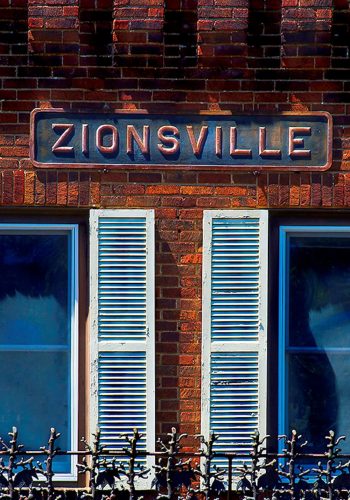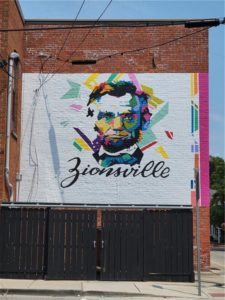The Zionsville Village Residents Association
The VRA offers opportunities for Village residents to get involved with our community and learn about issues that affect our neighborhood. Most of all, the VRA is still committed to the ideas it was founded upon…preserving what’s best about life here in our Village.
or
Share your talent and get involved today!
If you are interested in learning more about how to serve your community or contribute to the ZVRA please contact us.

Share with us
Is there something you feel particularly passionate about? Share with you neighbors by becoming a ZVRA contributor.
Become a member
Want to stay up to date and help us keep this organization running? Become a member.
Keep up to date
Take a look around this site. There's plenty of helpful information here about our community.
Bret Brewer
Letter from VRA President
Tis the season to plant those seeds and see how they grow! We are doing the same with our village. I attended the Mayor’s State of the Town and heard some positive, forward-looking statements where we are planning on planting the seeds for the future of the South Village. Here is the link! https://www.zionsvillesouthvillage.com/ (Read More here)…
Community Stories
& Recent Happenings
Here’s the place to find news, stories, and happenings written by local residents and organizations.

Zionsville Village Residents Association
The Village • Zionsville, IN 46077


